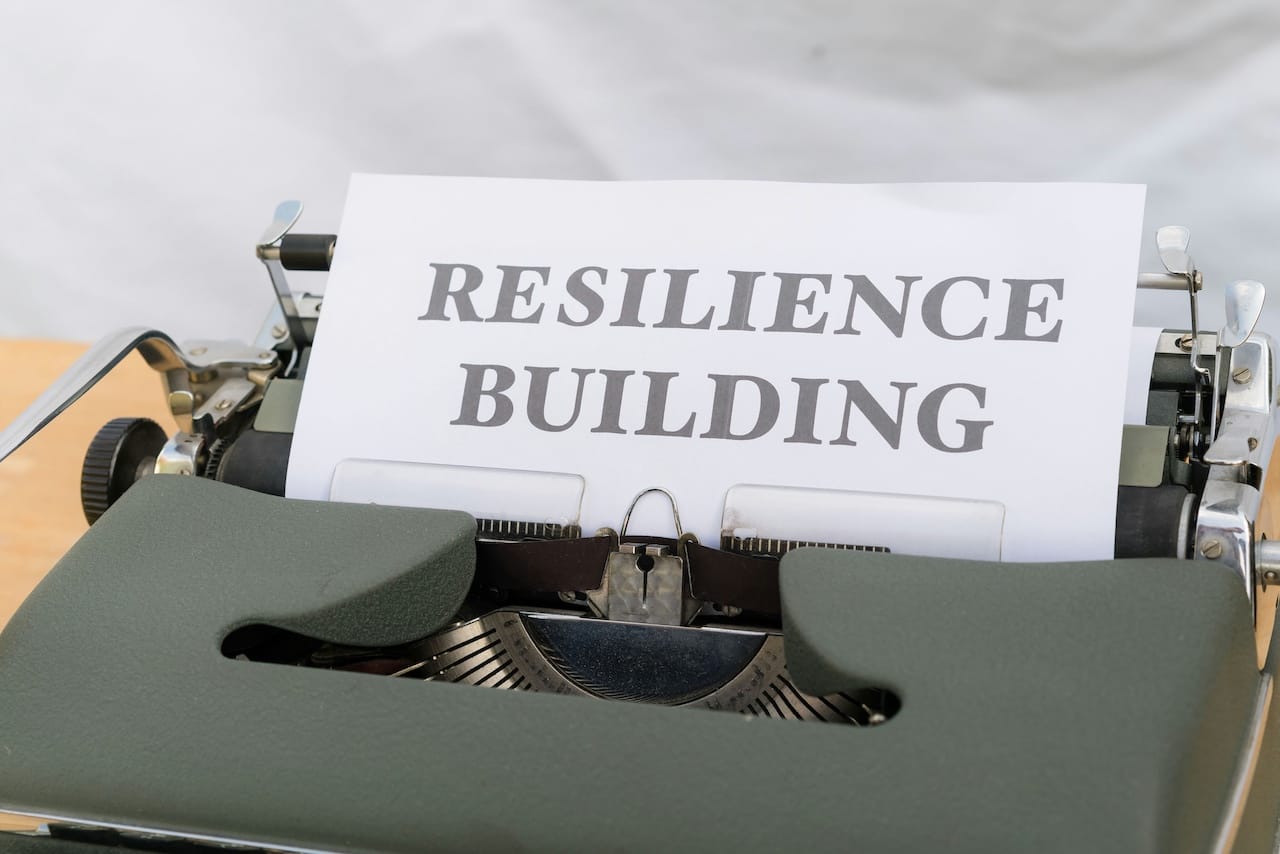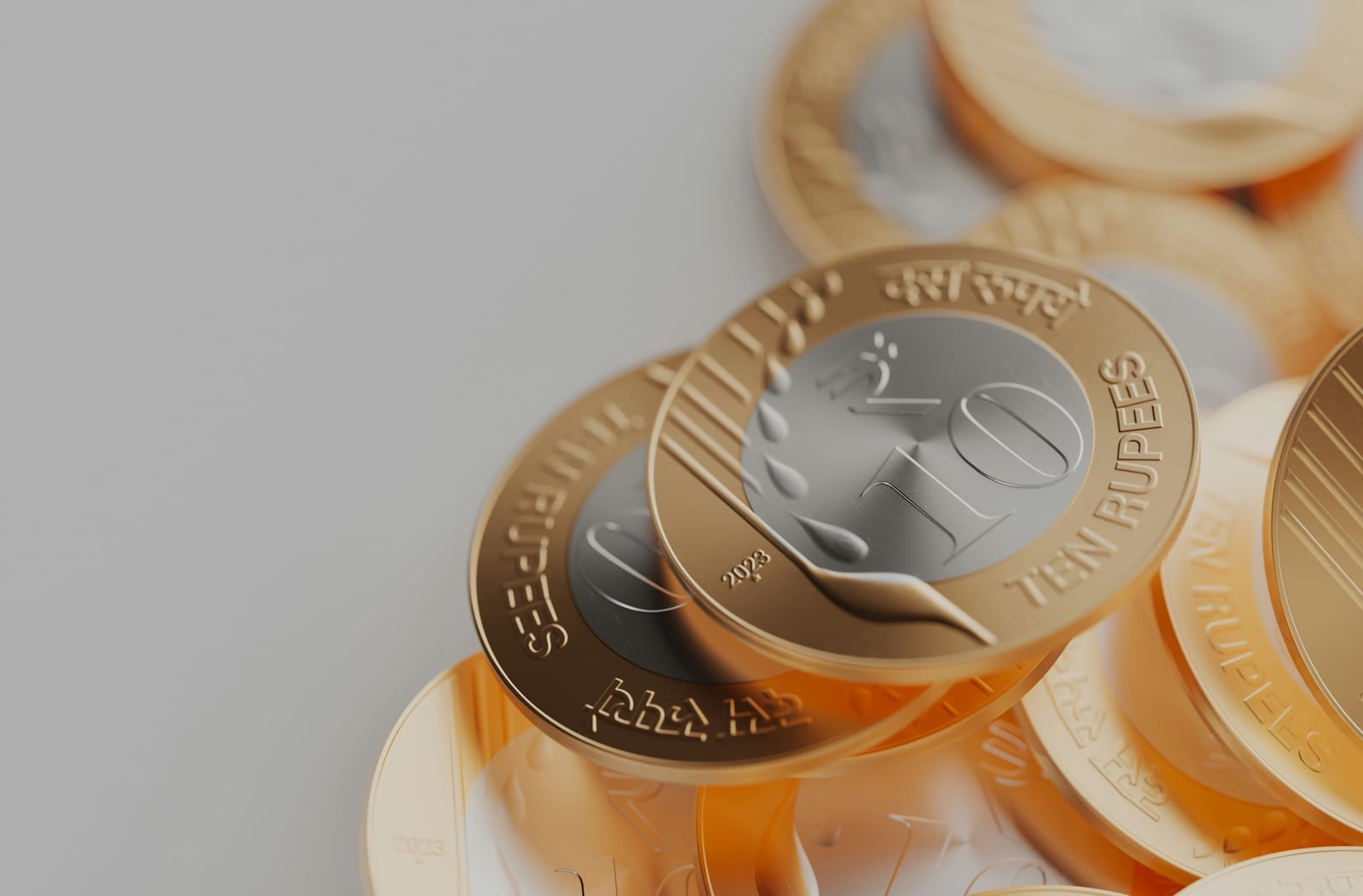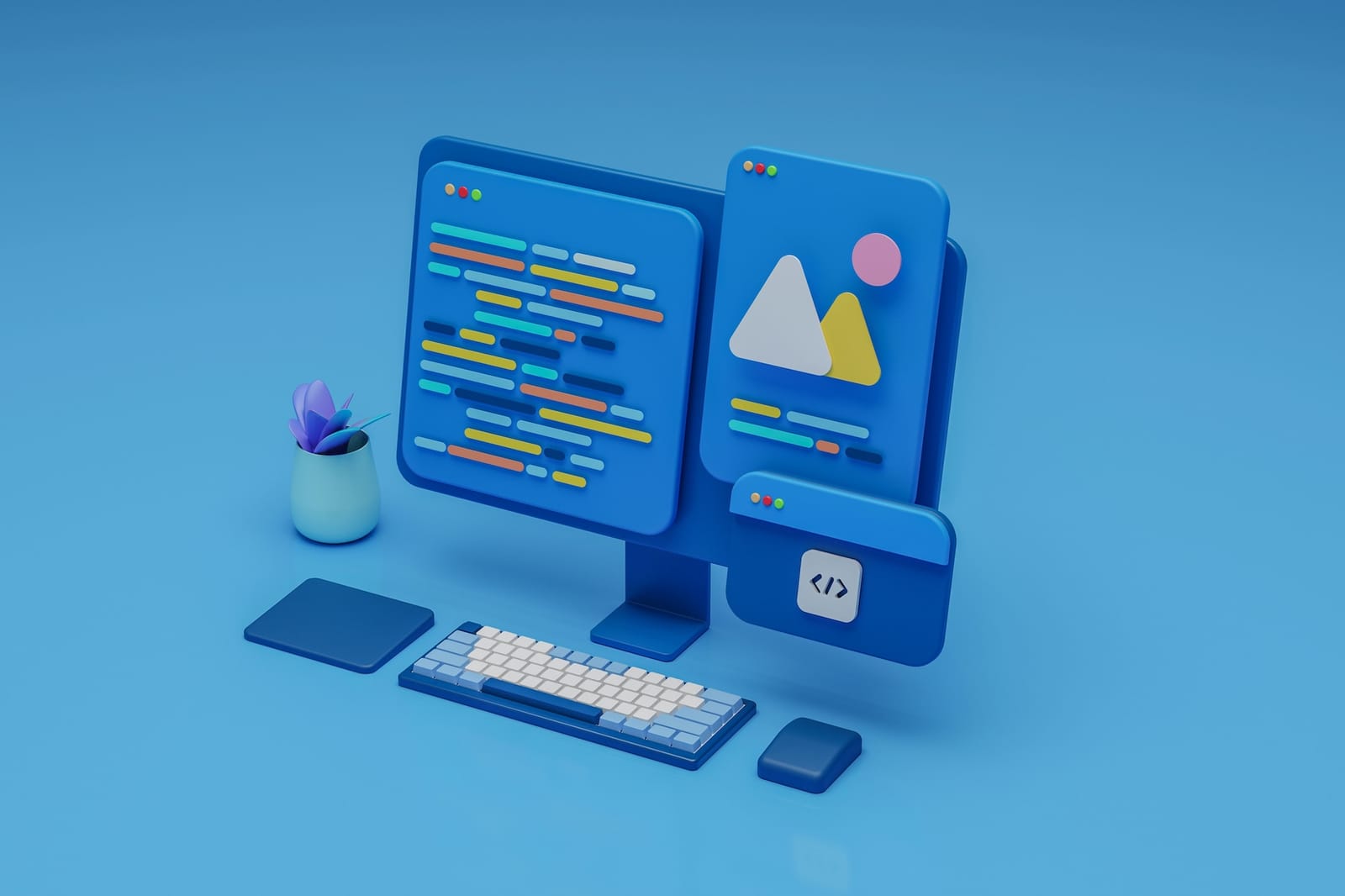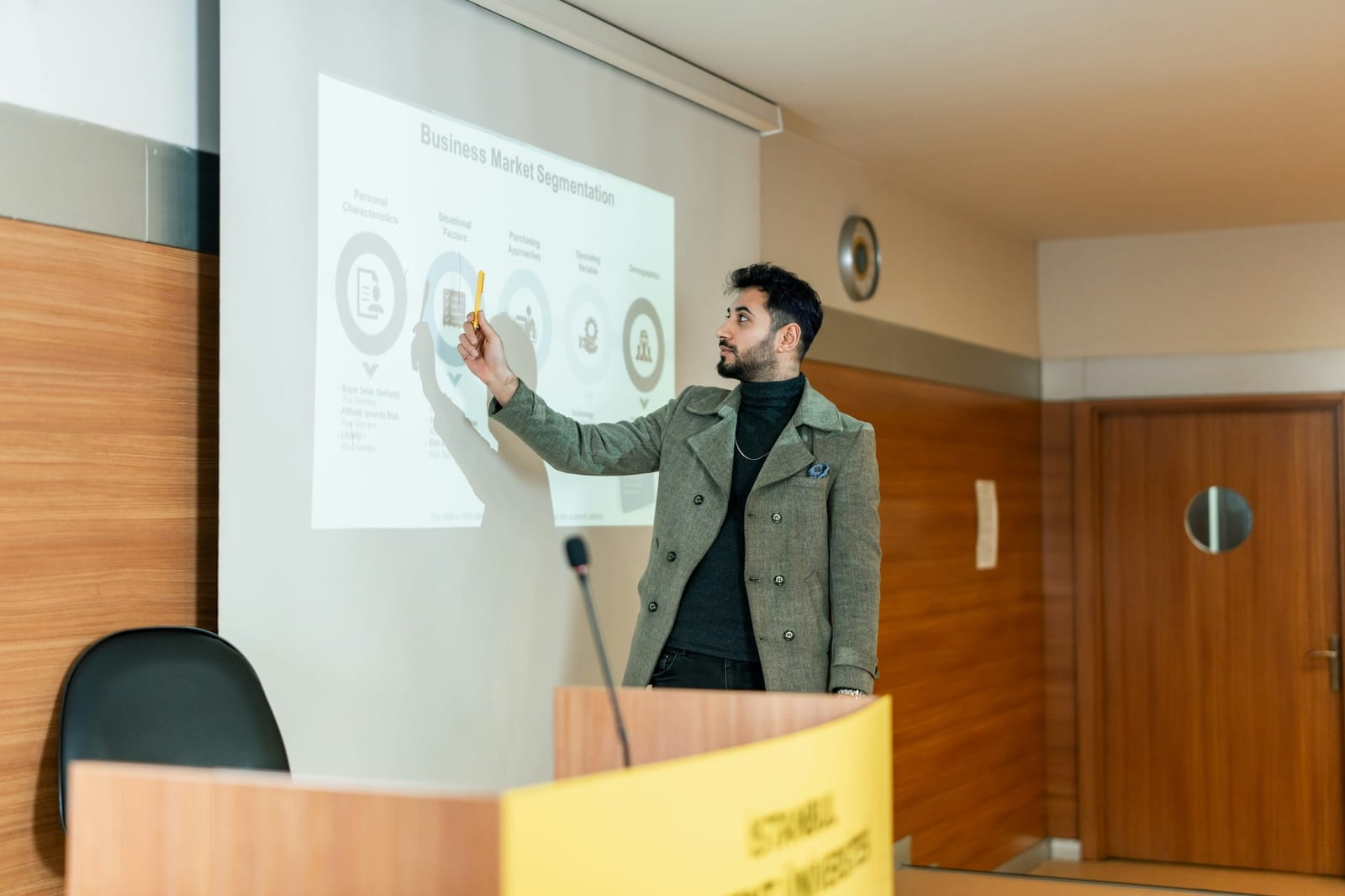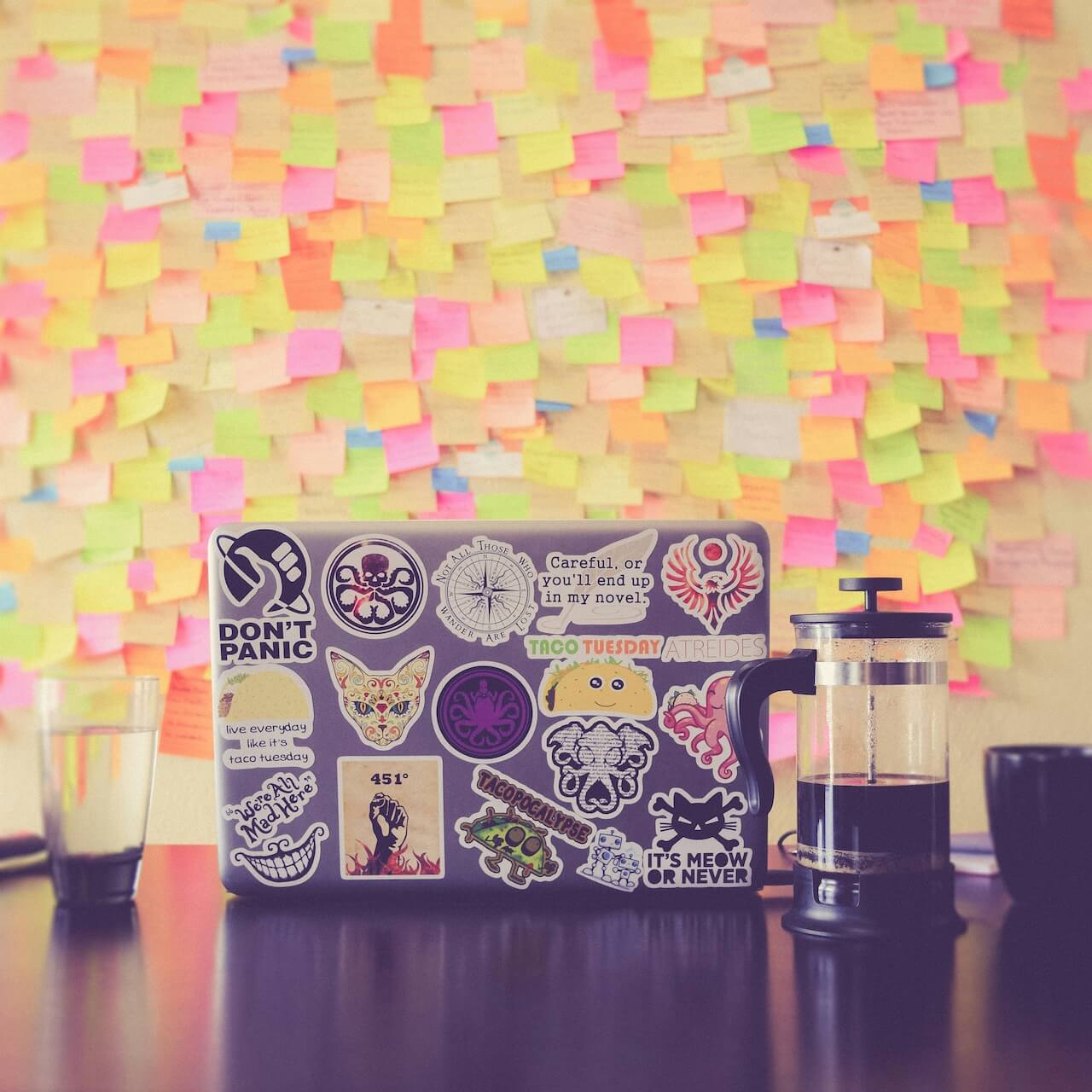
Product Management Consulting
With our expert leadership, you can transform your product vision into a clear, actionable roadmap. We lead critical initiatives, manage projects, and provide strategic direction to build high-performing product organisations.
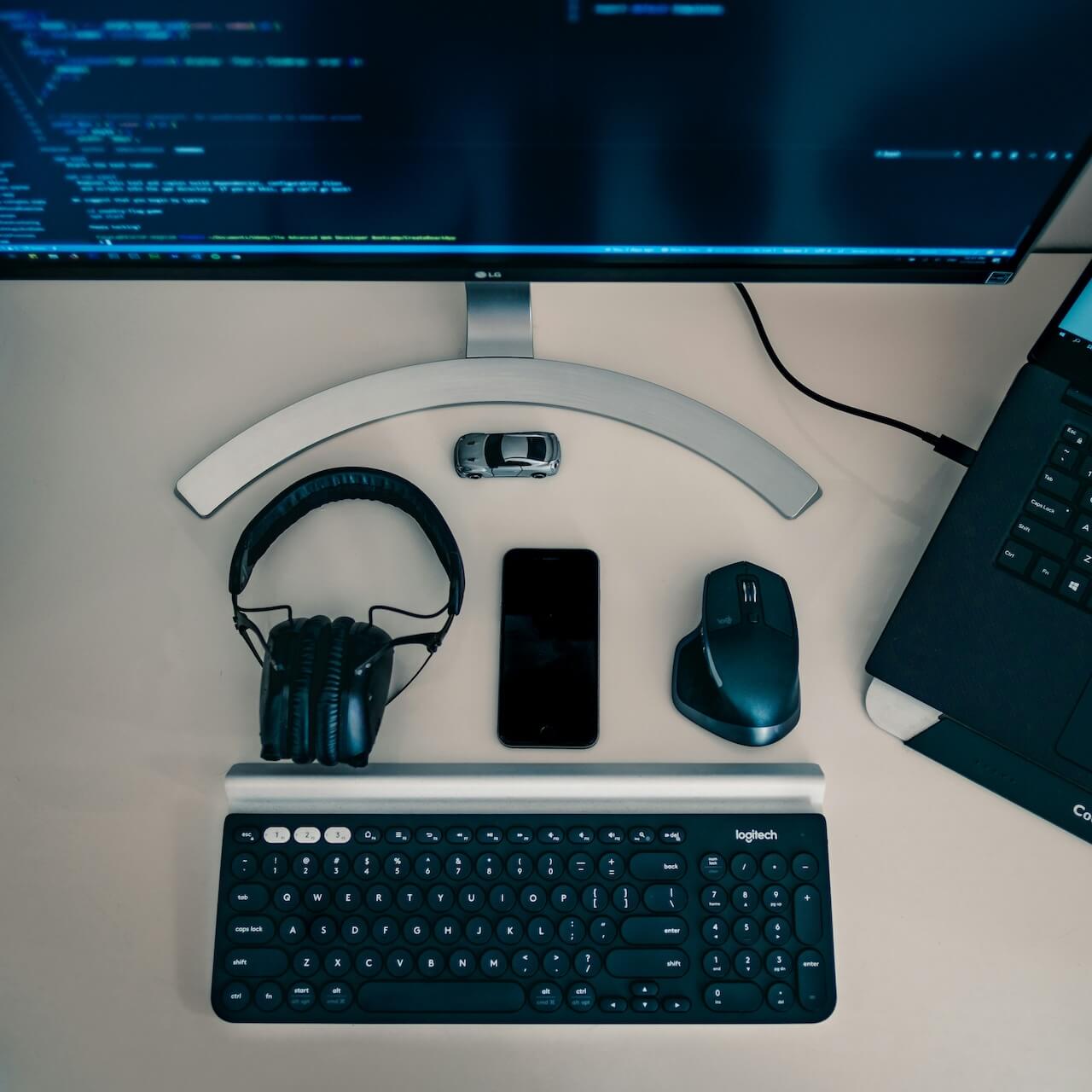
Application Development
Appetals specialises in custom business application development and maintenance. Our team of skilled business analysts, developers, and design specialists delivers tailored solutions that help businesses scale efficiently and drive profitability.
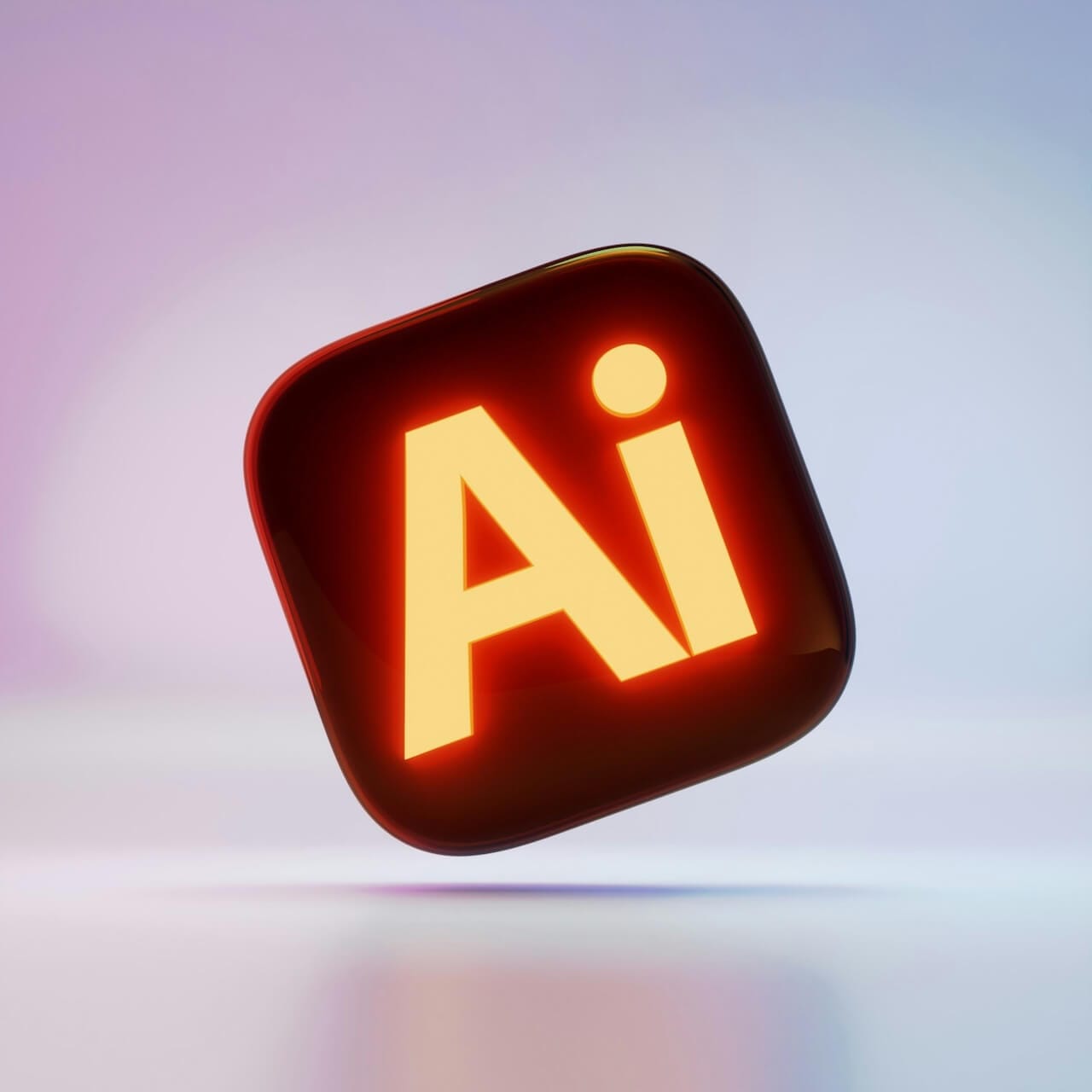
AI Consulting and Development
Work with AI practitioners who drive AI adoption with real-world expertise and innovation. From strategic consulting to AI agent development to custom automation, our team delivers proven AI solutions that streamline operations and accelerate growth.
Featured Guides and Workbooks
Featured Guides and Workbooks

The Missing Guide to Prompt Engineering
Most people treat Prompt like a chatty search bar and leave 90 % of its power unused. We wrote this guide to flip that: Learn product-grade prompt engineering that will help you master the art of prompting with near-perfect accuracy on day one.
Product Evangelist
Product Evangelist
Award-winning product leader Ishwar Jha transforms complex visions into market-winning realities. Over 28 years, he's built and launched digital products that don't just work—they revolutionise businesses.
His expertise spans Media, Education, Finance, Logistics, and Enterprise Software. At Zee Entertainment, he pioneered India's first mobile TV app and digital asset management system, while developing multiple entertainment portals. His methodology cuts through typical product management complexity with five clear pillars: Context, Clarity, Choices, Creation, and Capability.
As Founder and CEO of Appetals Solutions, Jha now architects entire digital ecosystems. He's conceived and developed AI-powered apps like MockRabbit and Stomper AI, plus enterprise solutions spanning container logistics, counselling software, and FinTech. His focus isn't just product management—it's building scalable digital transformation.
Testimonials
Testimonials

Two days seemed like a long time to spend planning our student counselling platform. The bootcamp gave us the clarity we'd been missing, turning months of uncertainty into a concrete product roadmap and growth strategy. We left knowing exactly how to move forward.
Suraj Bajaj — Managing Director @Collegepond

Appetals transformed our digital strategy and product innovation with a level of professionalism that speaks for itself: HBO's International CEO actually preferred their logo design for Asteriskos Media over HBO's own design team's work. That's the caliber of strategic thinking and creative execution they bring to every project.
Bharat Ranga — Managing Director @ Beginnen Media Pvt Ltd

I've worked with Ishwar on multiple projects and can confidently recommend his strategic consulting services. His innovative approach to problem-solving consistently delivers results that exceed expectations. Ishwar combines disciplined execution with creative thinking—a rare combination that makes him invaluable to any organisation.
Nitin Potdar — M & A Partner @ J Sagar Associates
Frequently Asked Questions
Frequently Asked Questions
What makes Appetals Solutions unique?
Appetals is a boutique product management consulting company headquartered in Mumbai, India. Our work is guided by the leadership of our founder and CEO, Ishwar Jha, who is an award-winning technologist, chief executive, and digital evangelist.
We pride ourselves as digital architects, meticulously crafting tailored IT solutions that align with your unique business goals.
We transform business, safeguard sensitive information, and measure success in terms of having a real impact on your business.
What product management services do you offer, and how could you align your offerings with our business goals?
We provide product management consulting to help businesses achieve their goals and reach their full potential.
We build custom business applications to meet your unique requirements and develop mobile and web applications to help you launch new digital products.
We also support our clients with developer hiring services, helping you quickly fill your open positions from the pool of skilled and experienced resources.

